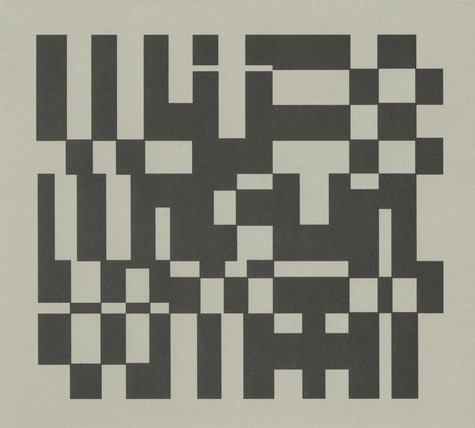A music video by Egidija Medekšaitė and Mikas Žukauskas: “Our work has the same blood group”
- June 26, 2017
“Our work has the same blood group,” says Mikas Žukauskas (b. 1986), a prize-winning television and film director who has recently produced a music video to the music by composer Egidija Medekšaitė (b. 1979). Entitled “Textile,” this video was intended to introduce the eponymous portrait album of the composer’s selected works released earlier this year by the Music Information Centre Lithuania. Awarded best debut prize for the music video “Forro,” featuring the experimental jazz band Sheep Got Waxed, with which he entered the competition of Lithuanian music videos organised by the Vilnius Film Festival “Kino pavasaris” in association with the Production House “Zest” in March this year, Žukauskas admitted that in producing a video for “Textile” he has taken on a completely different musical material than in his previous collaborations. He nonetheless instantly felt some intrinsic kinship with the composer’s work: “The piece itself suggested which camera angles, cinematic compositions and aesthetic to choose.”
It is for several months now that Medekšaitė’s first portrait album Textile has been circulating the network of Dense Promotion – a Berlin-based experimental music promotion company that assists independent labels from all over the world (including the Music Information Centre Lithuania) and ensures efficient media coverage in Europe. In April this year the composer’s profile was raised by announcing her as the latest winner of the George Butterworth Prize. This prize is awarded annually to the composer of an outstanding new work created through one of Sound and Music’s (which is the national charity for new music in the UK) composer development programmes. Egidija was selected for Megh Malhar – a piece composed on her Embedded project with the Quatuor Bozzini in 2016.“Her work is continually nurtured by two large areas of interest – textiles and Indian ragas. Since we decided to postpone filming of a music video in India, we opted for a textile factory as filming location in Lithuania. Still it took us some time to find one that would accept not only industrial but also creative approach to production. For this reason we are especially indebted to the “Classical Textiles”, a Kaunas-based company producing linen textiles, which appeared to be the only company that was not frightened by the possibility of disclosing certain trade secrets in the making of the video,” revealed Asta Pakarklytė, director of the Music Information Centre Lithuania.
The resulting music video uses fragments from the recording of Medekšaitė’s piece Oscillum (2008), which features the sound of Anton Lukoszevieze’s cello and ready-made snippets of electronic tracks. The music video is also appended with the specially made video interview with the composer, in which she discusses matters behind textiles. According to the composer, no matter how ‘uncrackable’ the designed system of patterns might be, be it a piece of textile or a musical composition, it will always retain a certain element of unpredictability – that elemental force of creation, which cannot be fully controlled.
“I feel quite at home with the principles of composition I find in Egidija’s work. In translating textile patterns into music, she uses rational structures, but does this with certain inaccuracies and personal interventions so that the end result is no at all schematic. I myself often think of the films or videos I am shooting as pieces of fabric: I usually begin my work by sketching out some basic structure, try to sew all the pieces neatly together, and then start to deconstruct, put in new patches or embroider them with differently coloured threads to achieve a vivid whole,” related Žukauskas.
Both video recordings are available for viewing on the official YouTube channel of the Music Information Centre Lithuania. The release of Egidija Medekšaitė’s portrait CD Textile was made possible through partial support from the Lithuanian Council for Culture. Videos were produced with financial support from the Press, Radio and Television Support Foundation.
MICL info
Translated by Veronika Janatjeva
